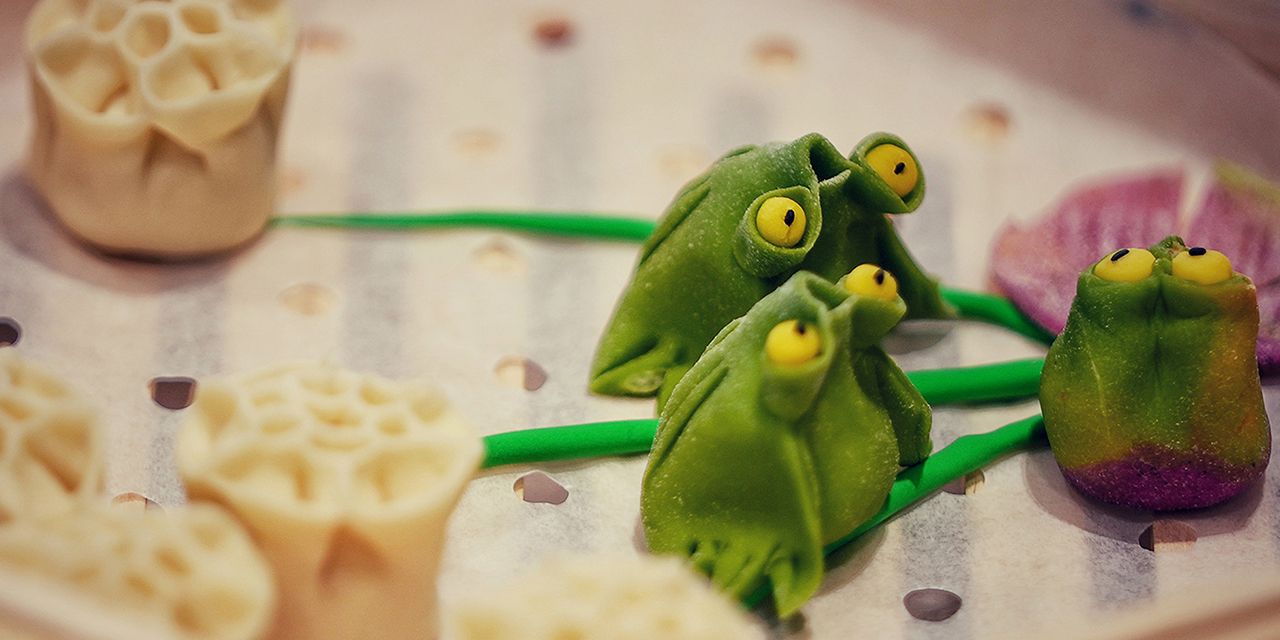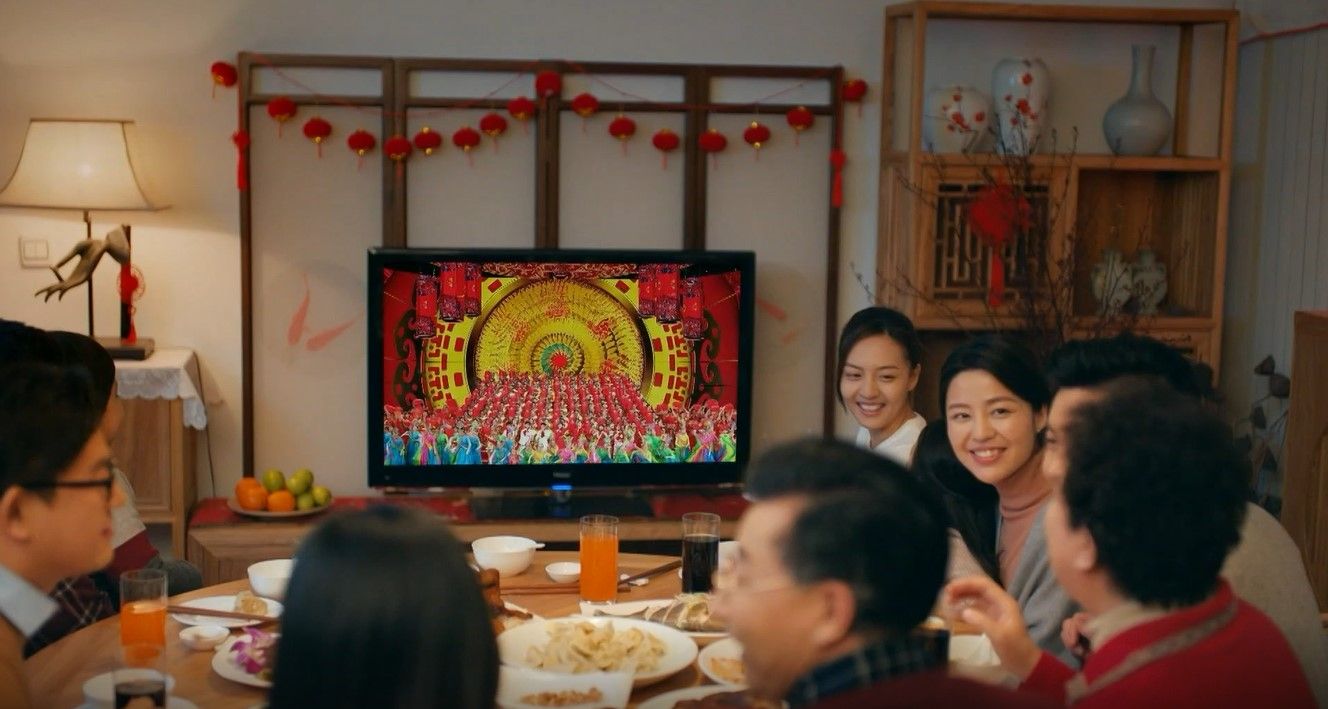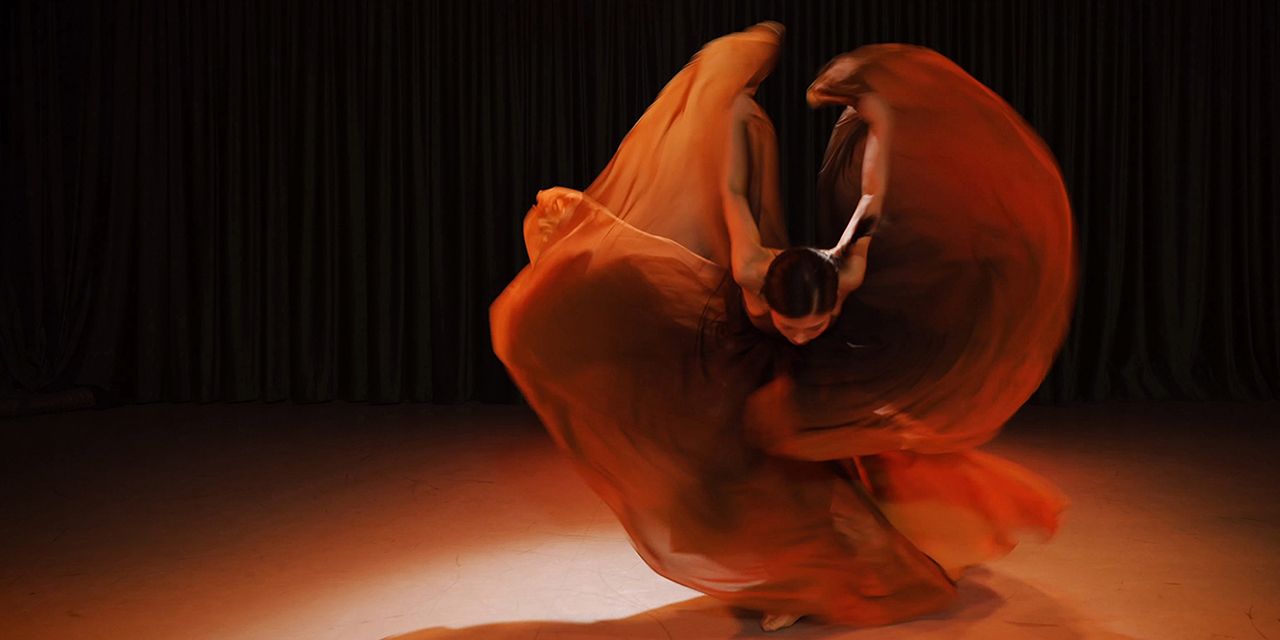The jiaozi – or Chinese dumpling – originated 1800 years ago as a staple food among the ethnic Han people of northern China. With time, it became a favourite across the country, especially during holidays. The word jiaozi sounds similar to an expression meaning “transition from old to new”, and this explains why jiaozi are popular at China’s Lunar New Year. Moreover, in their shape, jiaozi resemble the gold or silver ingots used in ancient China, and because of this, they have come to symbolise wealth. So, people believe that eating jiaozi will bring them good fortune and riches in the coming year.
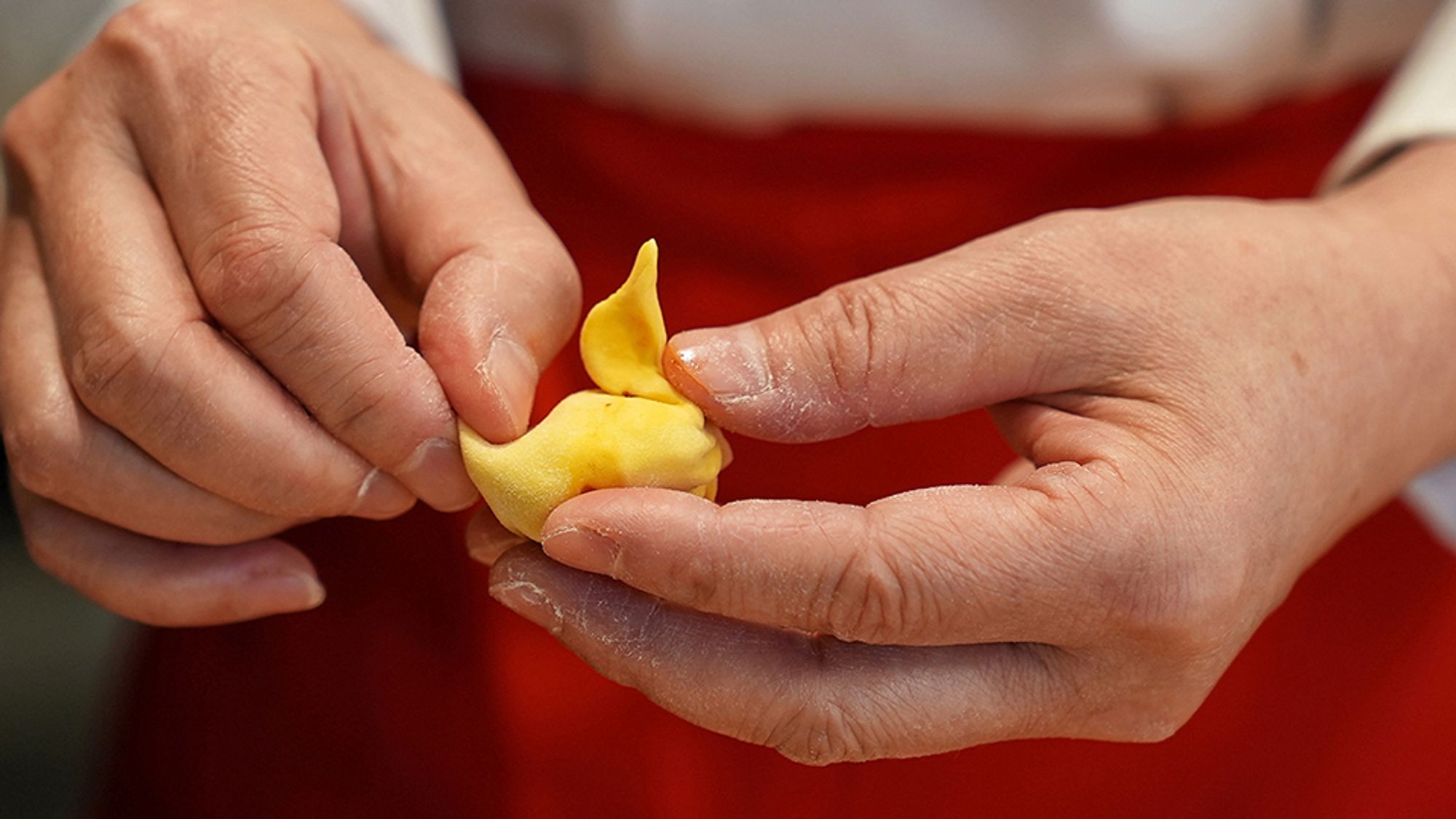 A jiaozi master makes a duck-shaped dumpling
A jiaozi master makes a duck-shaped dumplingA jiaozi is made by wrapping a piece of dough around a filling, usually minced meat such as pork, lamb, beef, chicken, duck or goose. Seafood or vegetables are sometimes also used. Often, various ingredients are combined.
Legend has it that Zhang Zhongjing, the celebrated “Sage of Medicine” who lived during the Eastern Han Dynasty, was worried when he visited a village and saw the frostbitten ears of its impoverished inhabitants. He decided it would be good for promoting their blood flow and warming them up if they ate mutton, chilli and medicinal herbs. He collected the ingredients and, using a thin layer of dough, wrapped them in parcels shaped like an ear, which he boiled and distributed. Before long, the villagers were cured of their frostbite. Word quickly spread, and soon jiaozi were being prepared and eaten far and wide, proving popular just as much for their enticing flavour as for their miraculous medicinal properties.
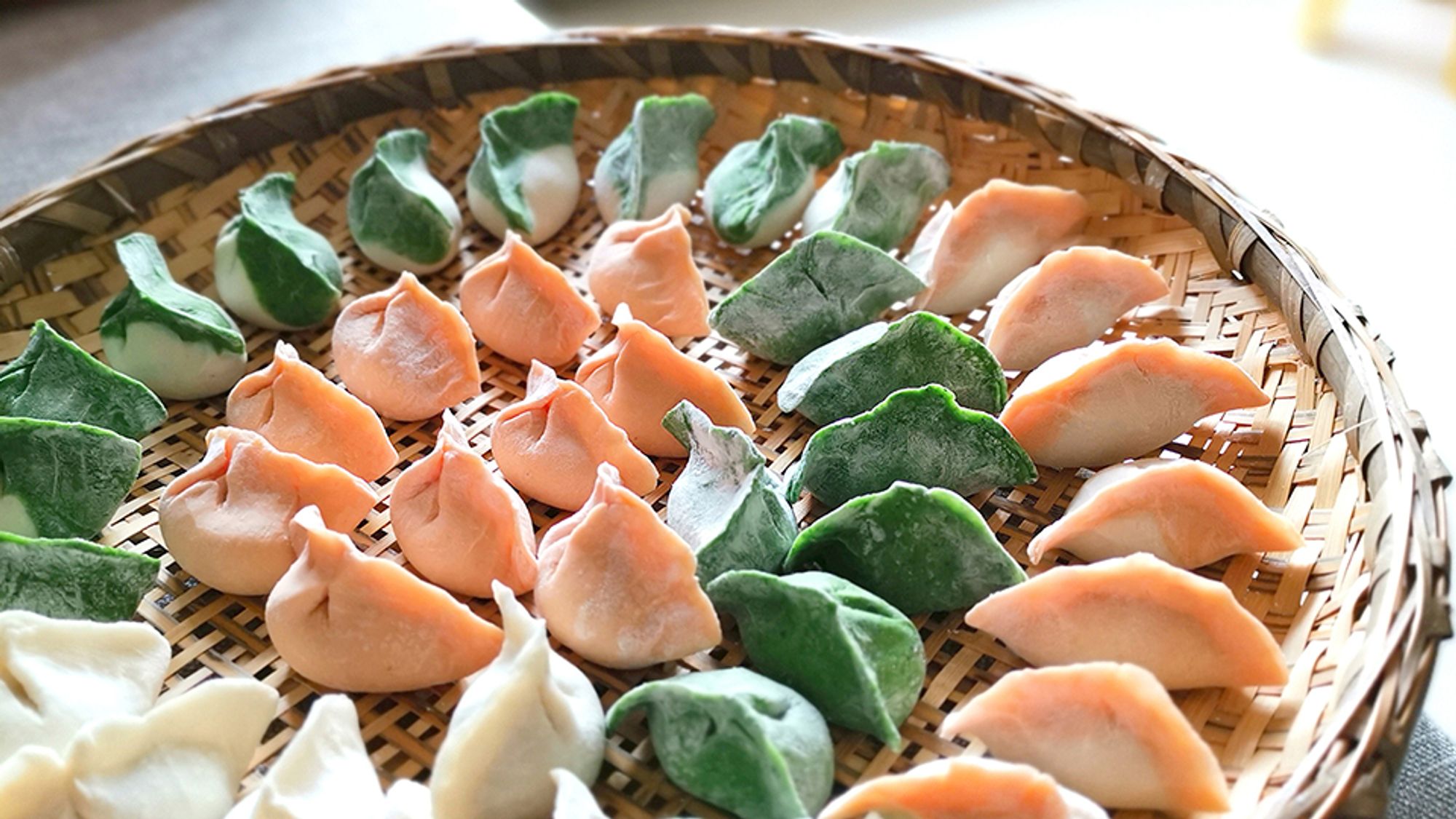 The jiaozi, or Chinese dumpling, symbolises reunion and good fortune
The jiaozi, or Chinese dumpling, symbolises reunion and good fortuneAccording to the legend, Zhang handed out jiaozi among the poor from the day of the Winter Solstice to Chinese New Year’s Eve. In China today, although few people ever suffer from frostbite, it remains a tradition in the North to eat jiaozi on these two special days.
In this episode of Foodwise (available to watch at the top of this page), CGTN Travelogue hosts Tianran He and Eva May head to Xi’an in China’s northwest, the country’s ancient capital and the starting point of the Silk Road. There they visit one of the city’s most famous restaurants, Defachang, popularly known as the “Kingdom of jiaozi”, and sample its extraordinary jiaozi banquet.
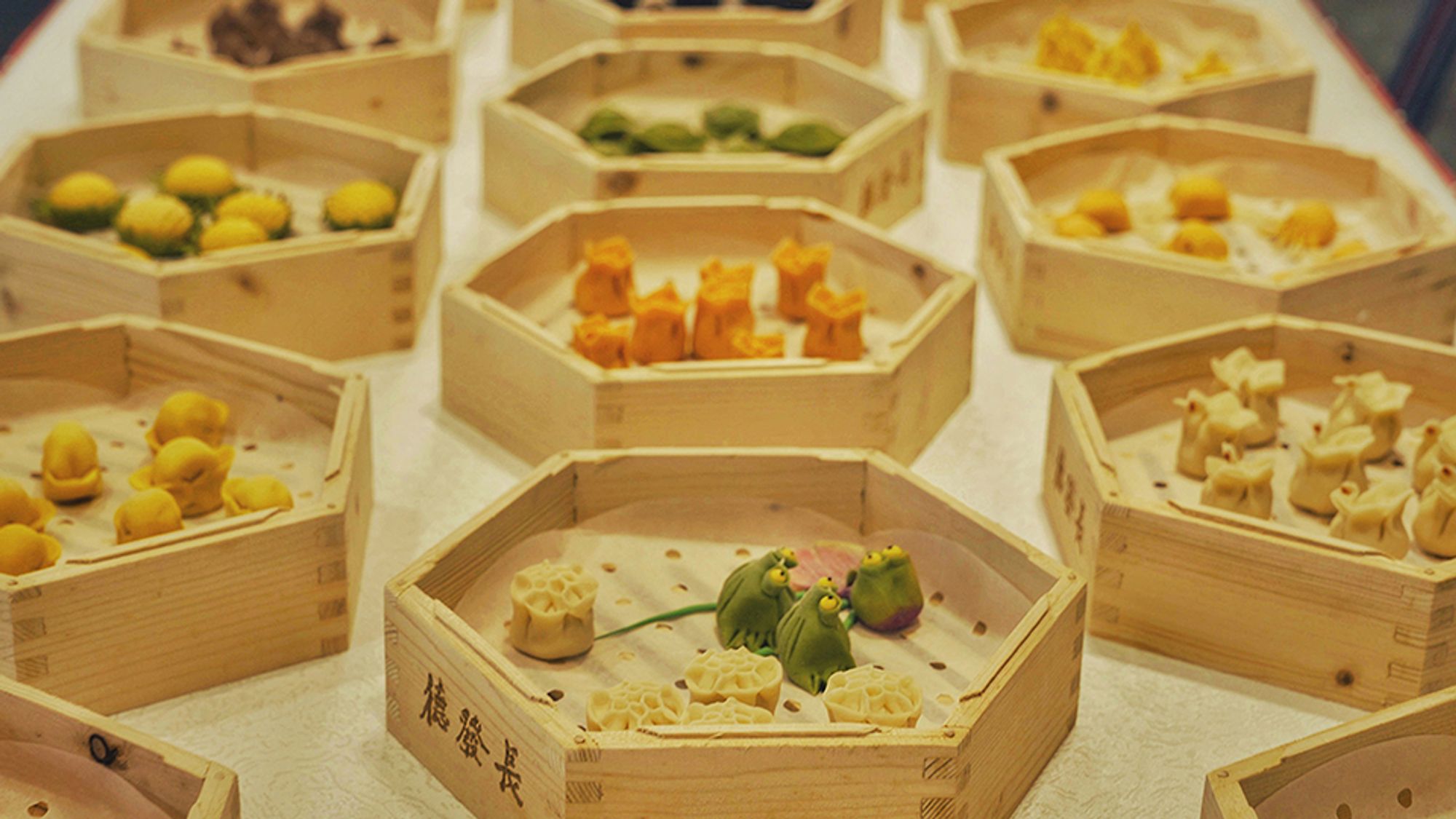 Defachang’s jiaozi banquet offers more than 300 dumplings of various shapes and colours
Defachang’s jiaozi banquet offers more than 300 dumplings of various shapes and coloursDefachang is an award-winning restaurant that was established in 1936. It claims to serve the widest variety of jiaozi anywhere in the country. Its jiaozi come in many different shapes – animals, flowers, birds, fish and even bugs – produced by using several special techniques including pinching, sculpting and decoration. The flavours are also varied, ranging from sweet and salty, to spicy and “exotic”, as are the cooking methods, which are steaming, boiling, frying and baking. All-in-all, Defachang boasts that it serves more than 200 varieties, with every jiaozi a work of art. In 2010, Defachang’s unique jiaozi-making techniques won recognition with inclusion on Shaanxi province’s first Intangible Cultural Heritage list.
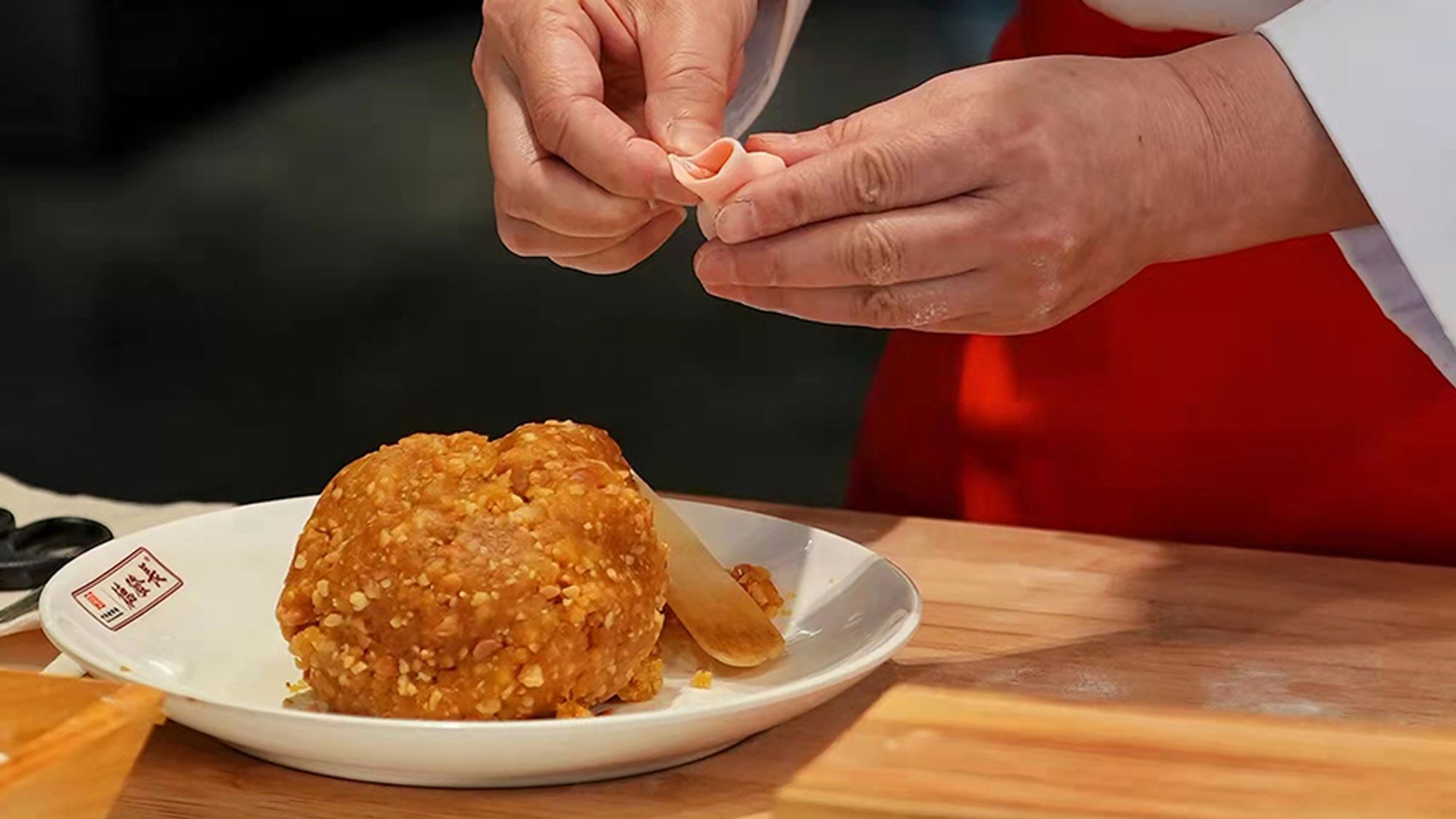 A jiaozi master demonstrates how to wrap the filling
A jiaozi master demonstrates how to wrap the filling

